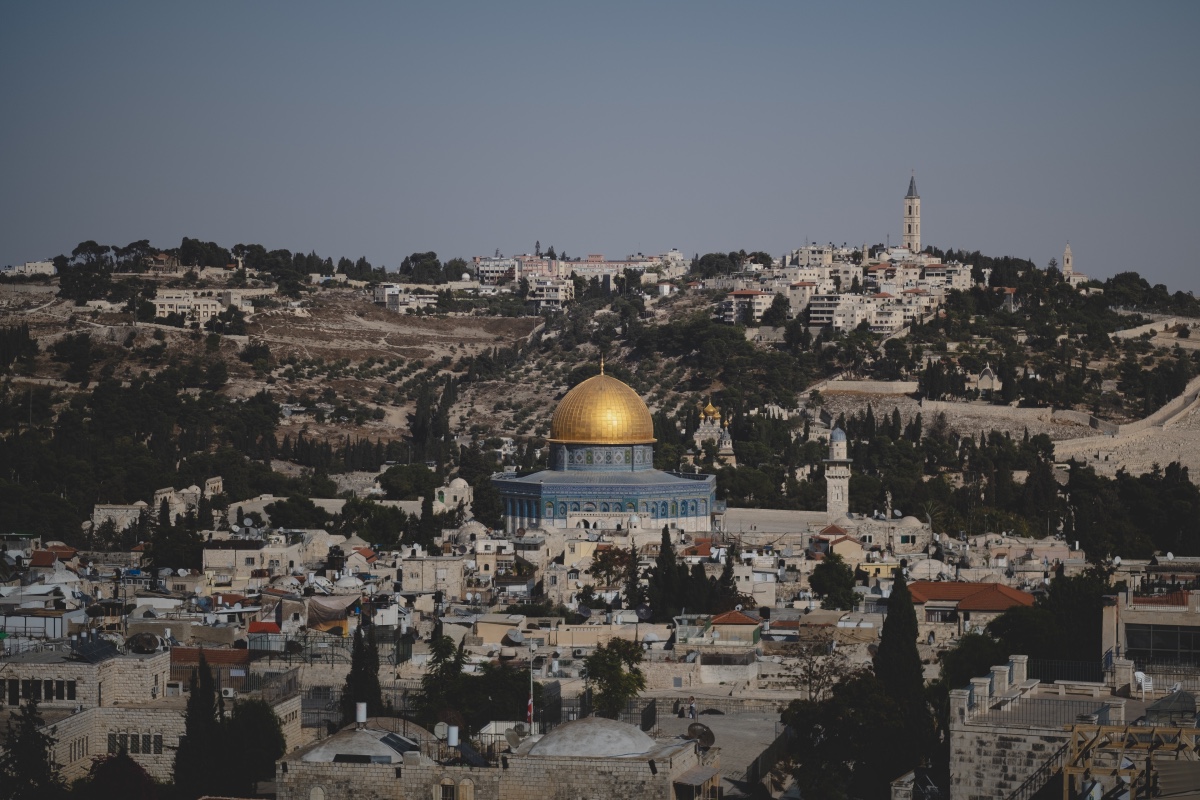Links Between Iraq and Iran
By Geoffrey Cook
Berkeley–October 26th–This article comes out of research that Professor Houchang Chehabi presented at Berkeley
H.E. Chehabi began by describing his forthcoming talk as reflexive. He is dissatisfied with the standard position within the study of international relations on the subject under discussion.
Instead of antagonism between the two neighbors, which attitude comes from the long Iran-Iraq War in the 1980s, and the interpretation of historical violence during the Muslim conquest of Persia. On the contrary, there are impressive links between the two countries — although one is Arab and the other Aryan.
Dr. Chehabi stated he was attempting to debunk the Iraqi-Iranian antagonism as a geo-political myth. The professor posed that there is no natural antipathy at all. He contested the assumption of the ingrained hatred between the Arab Iraqis and the Persian Iranians although he did confess that he did not have a gut level knowledge of Iraq. Yet many same or similar communities straddle the border, and there is a resemblance in the political activities on both sides of the frontier.
For the most part, people are alike on both sides of their common boundary.
This perimeter is impossible to control — especially over the area of Kurdistan. 50,000 Assyrian Christians plus Iranian Kurds were allowed to cross into Iraq joining the Kurds in rebellion against Saddam’s army there. These flows between the two nations continue. As an example, when under persecution, the Iraqi Jews fled to Iran. Throughout this region are bi-national populations.
The preponderance of Shiite Islam has intensified cross-tangential cultural ties. This has led to commonalities in customs and political beliefs and inter-marriage. The Persian/Iranians have developed out of an enriching synthesis. There is a tendency for both countries to invite clerics to preach from the other state in their own Mosques encouraging an exchange of ideas and religious sensibilities. A mutual Bi-lingual norm permeates the region.
After the First World War, there was a noticeable raise in British influence in the two lands. Iraq and Iran became an extended battleground for and against English power. There was a mutual involvement in through bi-nationalism. There was a centrality of Perseo-Arab rivalries but not prejudice against the other. This was impossible to develop because of harmony between customs over their territorial expanse.
Every day Iranians and Iraqis are interacting together over their common terrain. It is not easy for an Iranian Secularist to criticize Arabs or the other way around. In pre-modern times, for the Farsi speaker, “Arab†had the connotation of Bedouin, but that has changed long ago. For quite a period, a Persian considered every other nation to be an enemy. This was their “International Theory!†Most everyone else was ambiguous to the Medieval Iranian, and, therefore, under suspicion. Now, 100,000 de-Arabized Mesopotamians have emigrated from for various reasons — mostly political persecution — during the Modern Period.
Even Saddam Hussein said Persians are similar to his own countryman. Of non-Shiite Iraqis today, 54% see their Iranian neighbors with some antipathy. When the Shiites are factored in, Iranians and Iraqis are mutually accepting. Misconceptions of an ethnic antagonism are just not there!
8-45












2006
823 views
views
0
comments